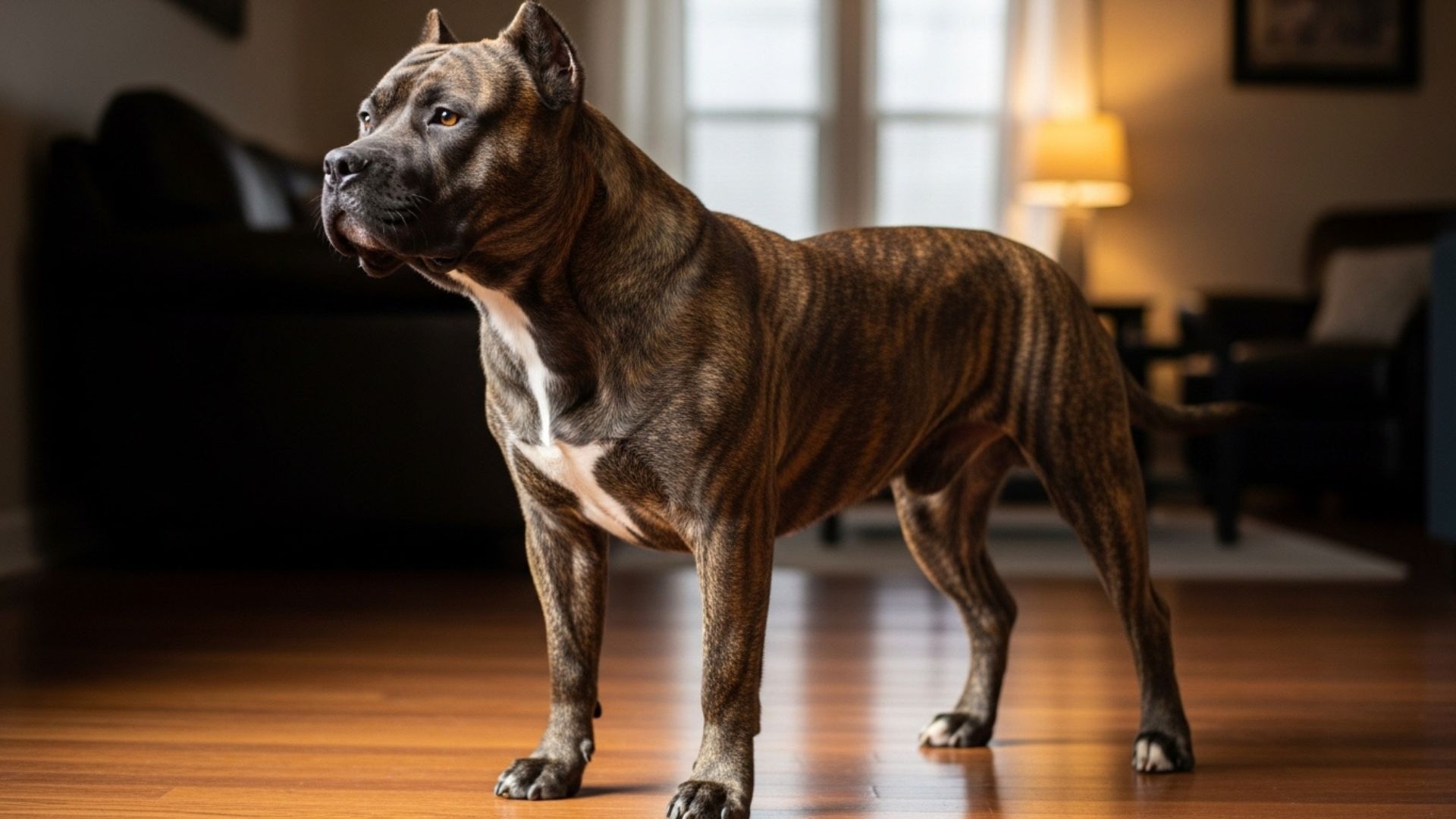Each year, hundreds of dog-related injuries are reported across the world, but the number tells only part of the story. Most of those incidents involve untrained or misunderstood dogs — not naturally violent ones.
But did you know that a dog’s environment and upbringing shape its behavior far more than its genetics? Yet, certain breeds remain at the center of debate because of their strength, reflexes, and guarding instincts.
These dogs were bred for tasks requiring control, courage, and awareness. When that power is misdirected, the results can be severe. Understanding them requires honesty, not hysteria. They’re not monsters; they’re reminders of what happens when instinct meets neglect.
This article dives beyond the statistics, uncovering why some breeds carry a reputation for danger, and what responsible ownership really means for those powerful companions who live between fear and fascination.
Key Takeaways
Behind every strong breed lies a mix of courage, instinct, and intensity that few owners truly understand.
From the raw strength of Pit Bulls to the calculated calm of Cane Corsos, each dog on this list carries instincts that demand respect.
Rottweilers, Dobermans, and German Shepherds stand out for their focus and control, yet even they can turn dangerous in the wrong hands.
These breeds remind us that true danger often depends not on nature alone, but on how that nature is guided.
Dangerous Dog Breeds You Should Know
1. Pit Bull
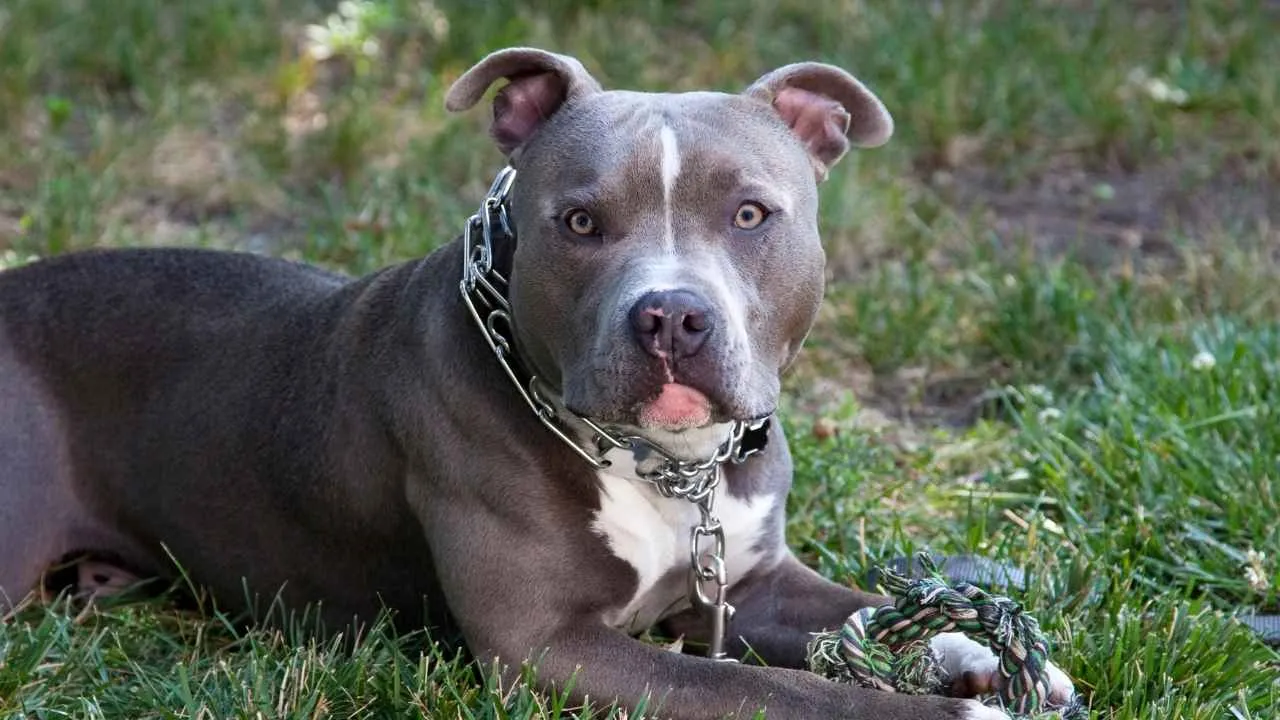
Pit Bulls are known for their solid build and unmatched physical power. Their muscular frame gives them explosive energy that can be difficult to manage without experienced handling. This strength, coupled with intense focus, often makes them the center of public debate regarding safety and control.
Misidentified and Misunderstood
The term “Pit Bull” actually covers several breeds, including the American Pit Bull Terrier, Staffordshire Bull Terrier, and American Staffordshire Terrier. Even experts sometimes struggle to identify them correctly, which has contributed to confusion and unfair labeling.
Some key facts about their recognition and risks include:
Often grouped as one breed despite genetic differences
Linked to most recorded fatal attacks in statistics
Difficult to identify accurately, even by professionals
Temperament and Training Influence
A Pit Bull’s behavior heavily depends on upbringing and environment. With consistent guidance, they can be loyal and obedient family companions, but neglect or poor training can quickly shift their nature. Their instinct to protect remains deeply ingrained, which is why responsible ownership is crucial.
2. Rottweiler
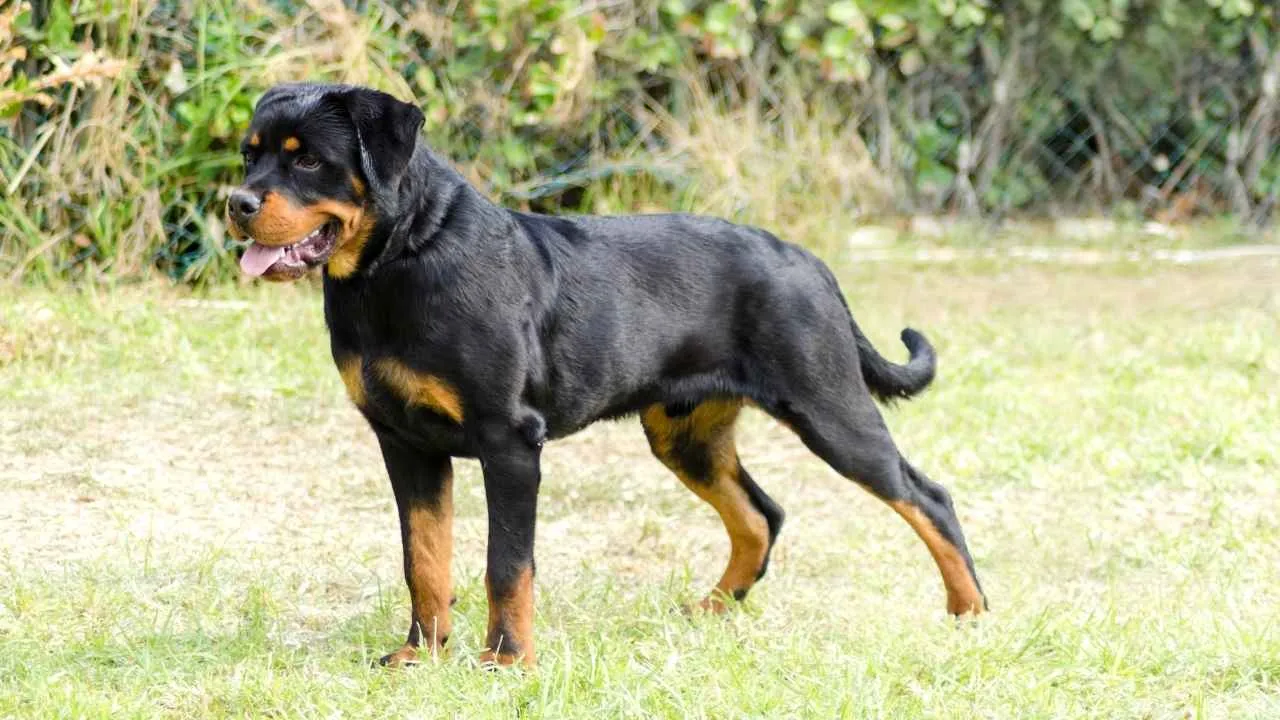
A Rottweiler commands attention the moment it steps into view. Its broad chest, confident stride, and watchful eyes reflect a breed bred for endurance and discipline.
That same focus and strength, when unchecked or poorly guided, can turn intimidating, which is why understanding this dog’s mindset is vital before ownership.
Purpose-Built Protector
Originally used to drive cattle and guard property, the Rottweiler retains the instincts of a working guardian. Its bite force measures 328 PSI, making it one of the strongest of any domestic breed. This explains why it often appears in police and protection work today.
Here’s a quick look at what defines their intensity:
Reacts instantly to unfamiliar movement or sound
Bonds deeply with one handler and stays loyal
Responds best to calm, confident leadership
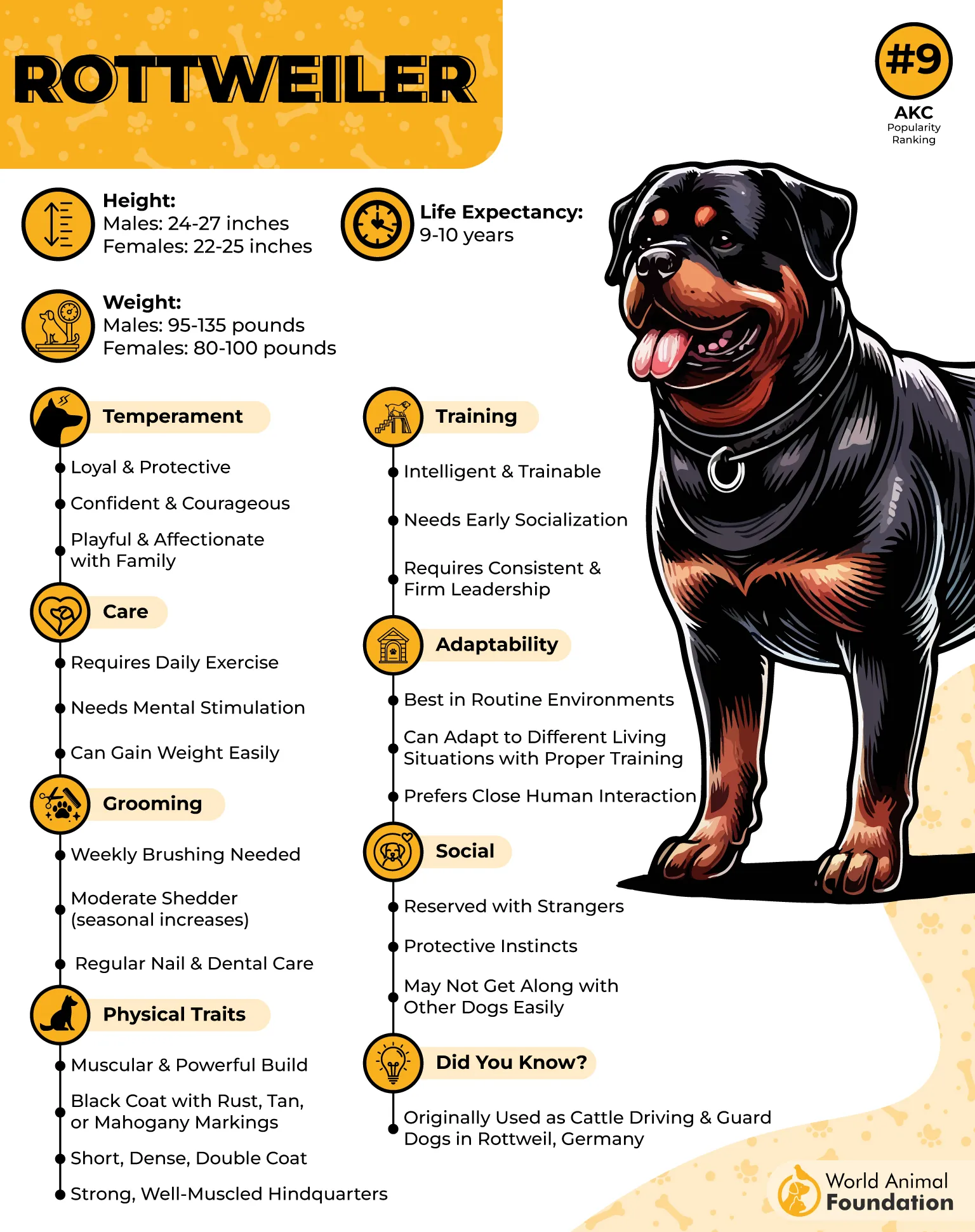
Fearless but Not Reckless
When socialized properly from a young age, Rottweilers balance alertness with restraint, as PetMD writes. Their confidence is what makes them both valuable and risky.
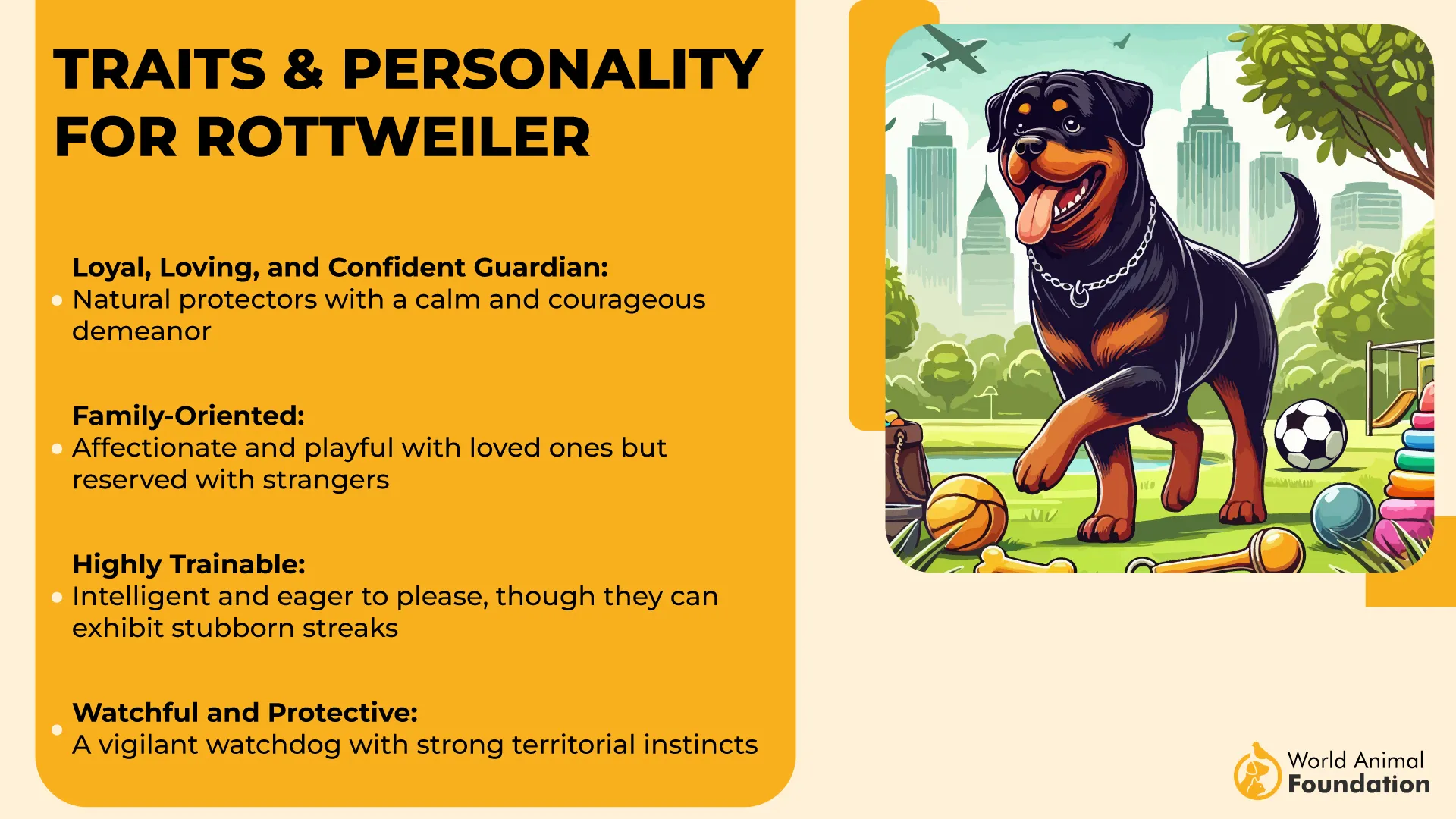
They will not hesitate to defend when provoked. These dogs are known to analyze a situation before acting, a trait that helped them serve Roman legions centuries ago.
3. German Shepherd
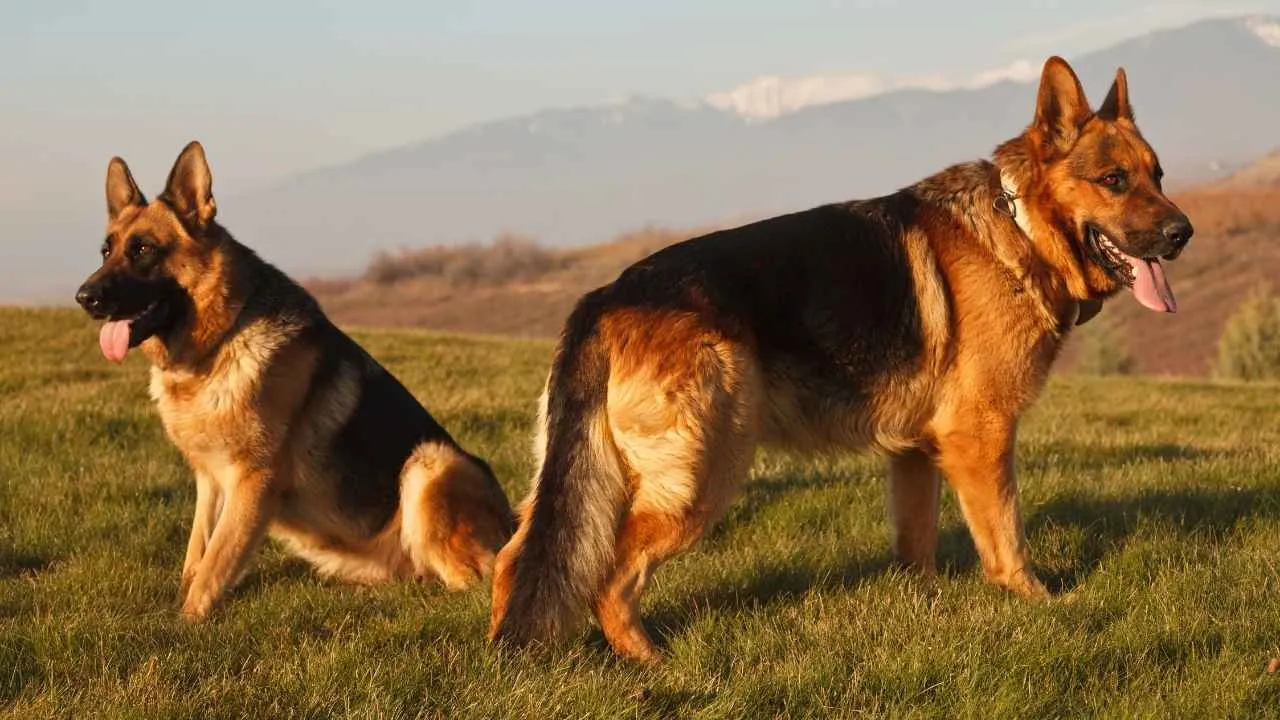
German Shepherds are known for their strong sense of alertness and quick decision-making in tense situations.
Their sharp eyes and instinctive awareness make them one of the most dependable dogs for high-risk tasks. In fields like police work and search operations, their precision and timing often save lives.
Strength and Discipline in Action
This breed’s disciplined nature pairs with impressive power, allowing them to act instantly when danger appears. Their physical strength is matched by their courage, which explains why they’re trusted in law enforcement and military roles.
Their remarkable abilities can be summed up in a few points:
Bite force averages around 238 PSI, enough to restrain a threat.
Responds swiftly to cues without hesitation.
Maintains full control even in chaotic settings.
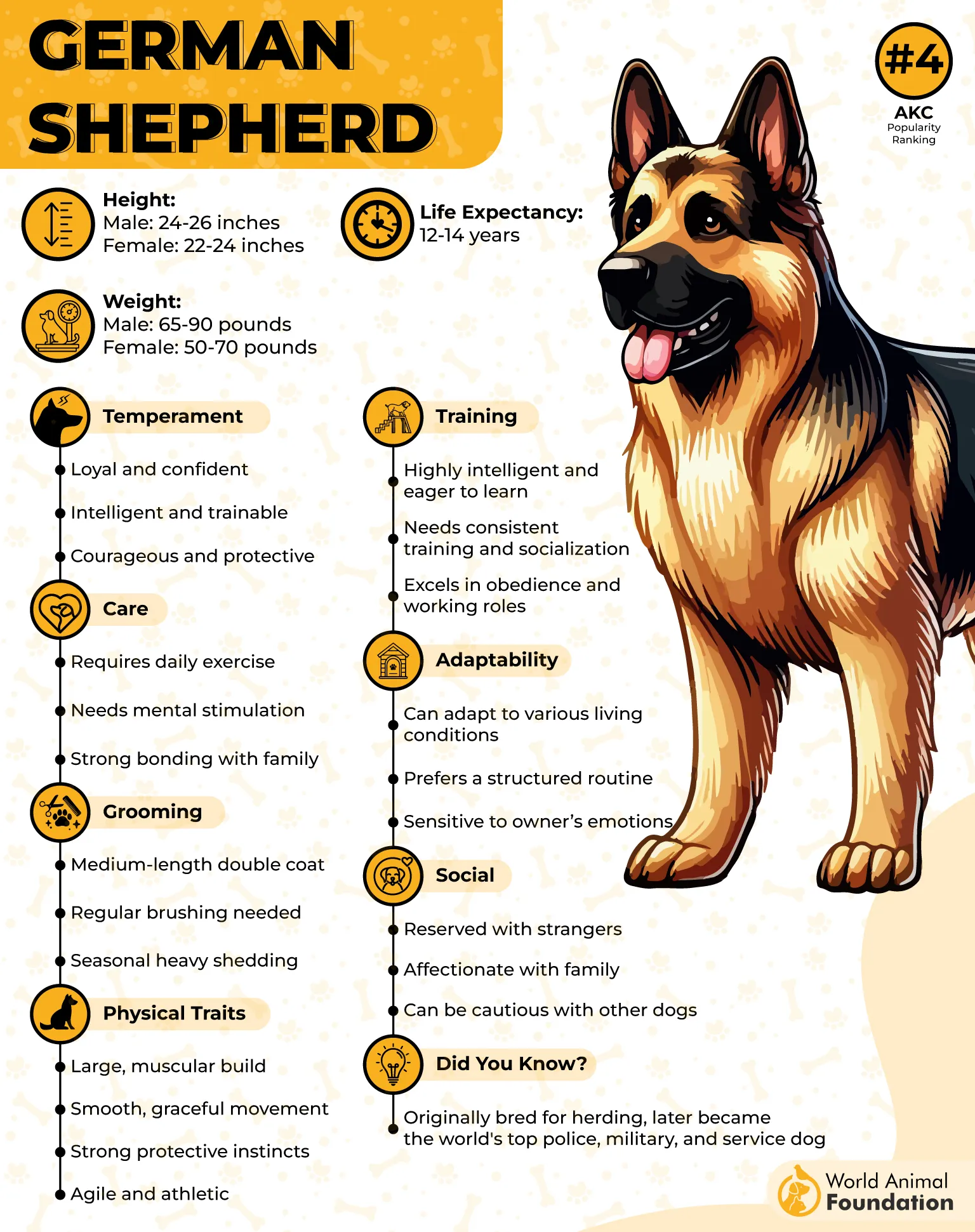
Loyalty That Commands Respect
German Shepherds have a deep sense of loyalty, not just to their owners but to their duty, as the AKC writes.
When trained properly, their obedience and confidence make them one of the most dependable breeds for protection. They act decisively when they sense danger, showing both restraint and readiness.
4. Doberman Pinscher
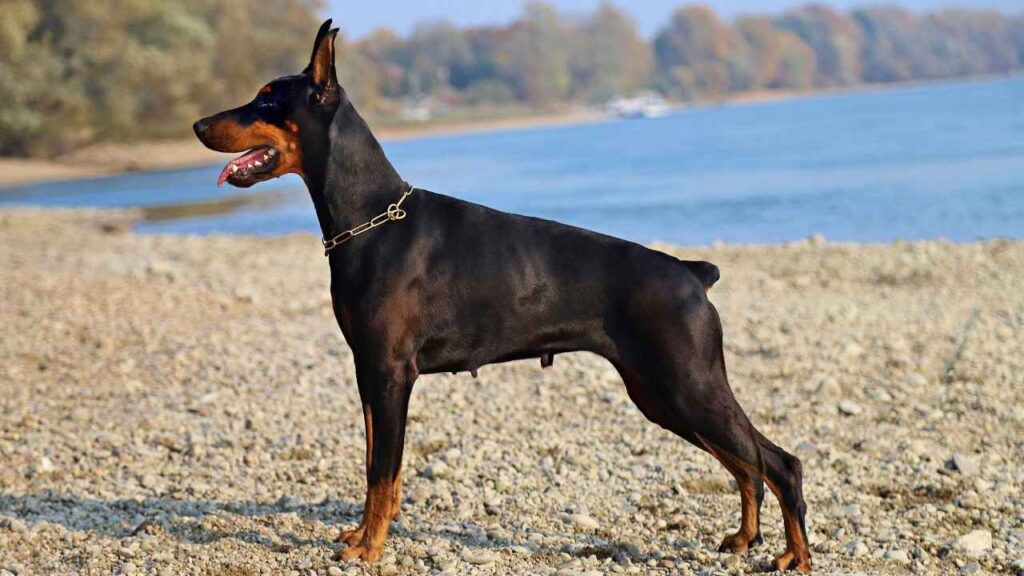
The Doberman Pinscher commands respect through its alert posture and powerful frame. It’s known for precision, speed, and intense loyalty, making it one of the top protection breeds worldwide, as per the AKC.
Their instinct to safeguard people and property makes them highly valued, but that same vigilance can also make them risky in untrained hands.
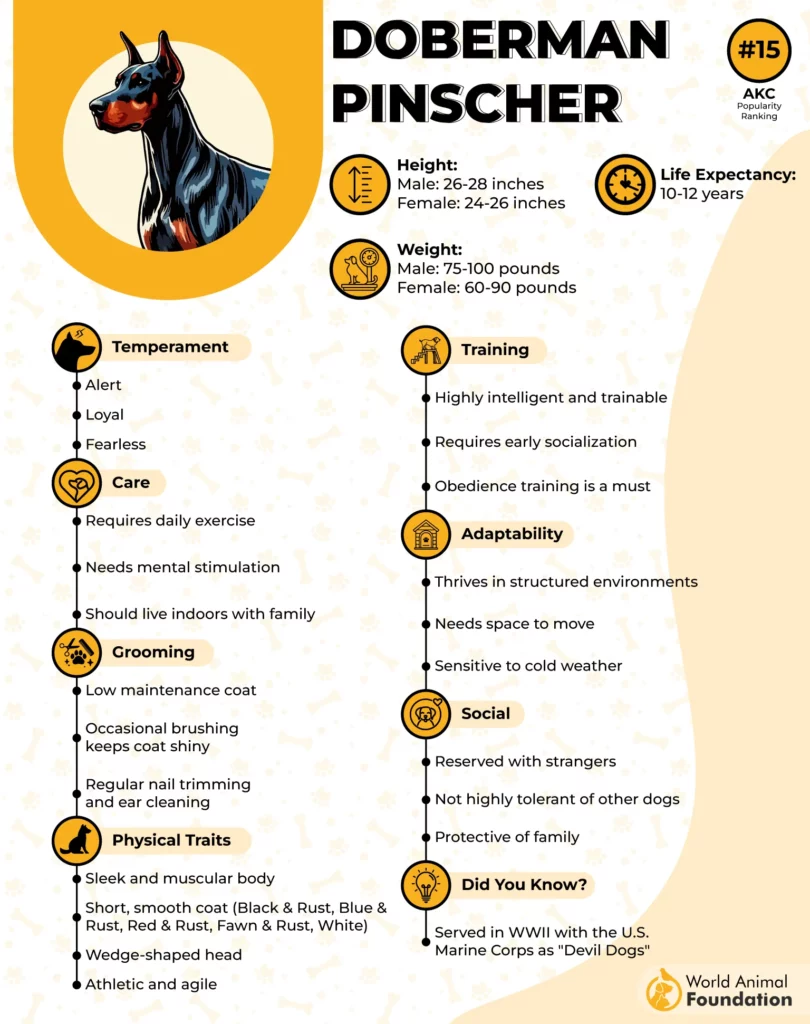
Power and Control
This breed’s bite measures an impressive 305 PSI, and it appears frequently in global dog bite statistics. When startled or provoked, a Doberman can shift from calm to defensive within moments. That quick reaction, paired with strength and focus, defines its reputation.
These traits say a lot about them:
Exceptionally responsive to confident leadership
Forms strong attachments to family members
Can misread sudden movements from strangers as threats
Sharp Intelligence
Dobermans are intelligent learners that can perform complex commands, but their mental energy needs proper direction. Without consistent boundaries, their natural confidence can turn into territorial behavior, especially around unfamiliar faces or environments.
5. Bullmastiff
Bullmastiffs carry a quiet intensity that often surprises new owners. Their solid build and steady stare give away their strong guarding instincts. While they are known for their calm nature, this calmness can shift quickly when they sense danger, making them a breed that demands respect and understanding.
Instincts That Can Turn Intense
Their protective drive runs deep, and without proper socialization, they can misread situations as threats. These dogs were once used to stop poachers, which explains their quick reactions and powerful grip.
That history still shows in their behavior today:
Possessive of their territory and family
React swiftly to unfamiliar movements
Need consistent, early discipline to stay balanced
A Dog That Reads the Room
Bullmastiffs are known to sense tension around them, adjusting their behavior according to their owner’s emotions. This sensitivity is a strength when handled well, but may turn risky under nervous or harsh training. Their calm eyes might seem gentle, yet they stay alert to every sound around the home.
6. Siberian Husky
With their sharp blue eyes and boundless stamina, Siberian Huskies look striking but carry a surprising level of intensity.
Their pack-driven mindset makes them loyal yet unpredictable when not properly guided. Beneath their charm lies a breed that demands control, patience, and consistency from its handler.
Free Spirit with a Risky Edge
Known for their love of adventure, Huskies often follow their instincts before their owner’s call. This fearless curiosity has led many to break fences or escape yards in pursuit of movement, as per Petplan. Their energy can be breathtaking to watch, but in the wrong setting, it may cause harm.
When handled with care, their best traits shine.
High prey drive may trigger unexpected chases
Escapes can result in traffic or territorial dog attacks
Require proper training early to manage dominance
Independent Thinkers, Difficult Students
A Husky’s intelligence is both its strength and challenge. They can quickly read patterns, sense hesitation, and test boundaries. Without structure, that cleverness turns into stubborn defiance, especially for first-time owners trying to balance affection and authority.
7. Alaskan Malamute
Built for endurance and power, the Alaskan Malamute is among the strongest Arctic dogs ever bred. Its deep chest and heavy muscles are made for hauling heavy sleds through snow, but that same strength can make it difficult to control in modern homes.
Temperament with a Wild Edge
This breed carries strong prey instincts, often misjudged as aggression when triggered by smaller animals or sudden movements.
A Malamute’s confidence, size, and intensity mean they need owners who can set clear boundaries from day one. Their physical dominance is only matched by their willpower.
These dogs reveal their nature in distinct ways:
Quick to assert dominance if not guided early
Easily provoked by rough handling or neglect
Loyal yet territorial when guarding their space
The Role of Upbringing and Socialization
When raised in a calm, consistent environment, they can be steady companions. But a history of abuse or neglect may cause defensive aggression that surfaces under stress. Consistent socialization and gentle handling can help them distinguish between real and perceived threats.
8. Cane Corso
The Cane Corso carries strength in every step, with muscles that show why it has long been valued as a natural protector. Its steady stare and calm posture can unsettle anyone approaching uninvited. Beneath that composure is a sharp instinct to assess threats before taking charge.
A Guard with Intensity
Its protective nature is unmatched, supported by a bite force recorded among the strongest in domestic dogs. Their solid skull and jaw structure give them an advantage few breeds possess.
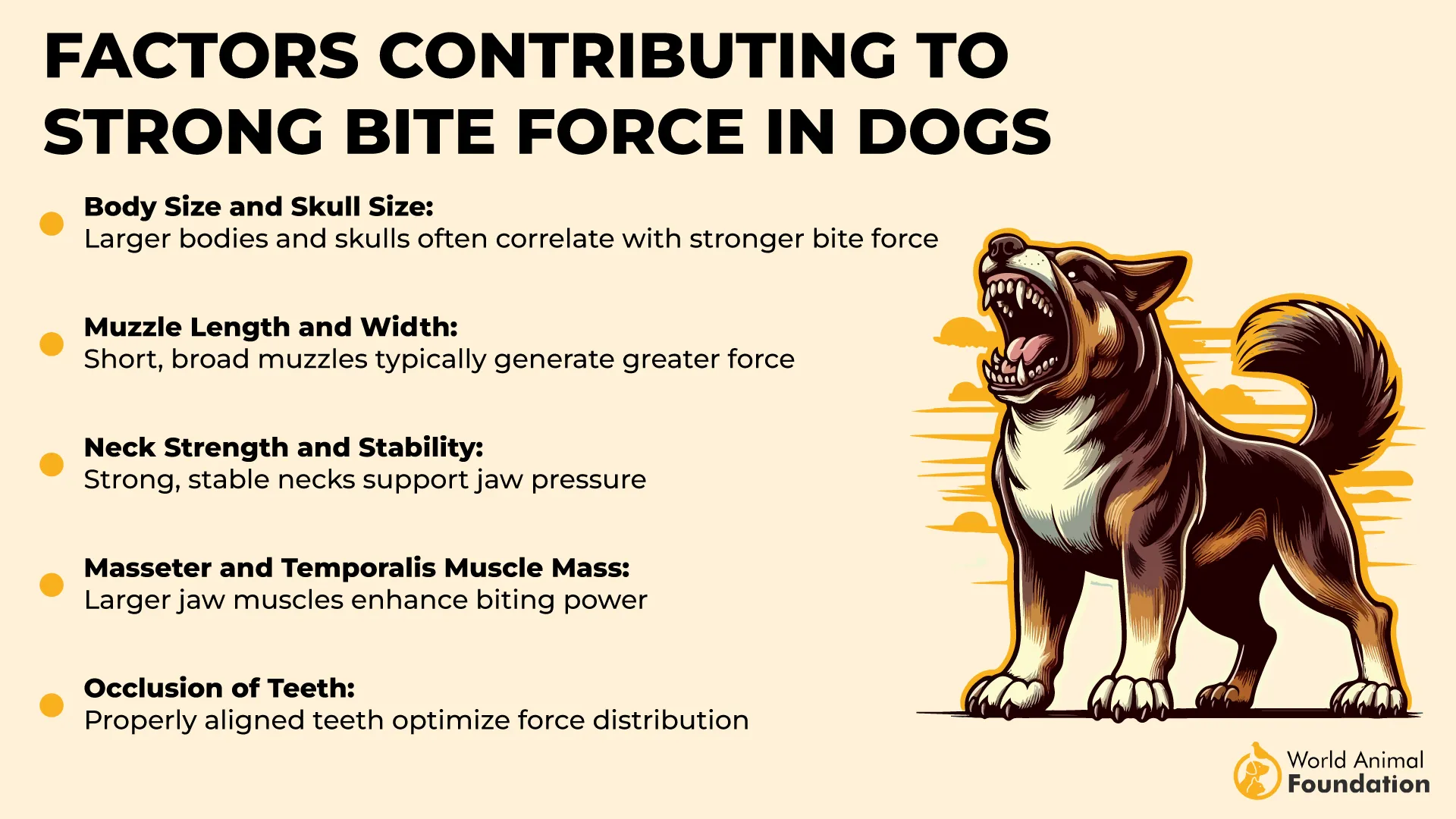
You’ll notice certain behaviors that reveal their defensive mindset:
Quick response to sudden movement
Deep, warning growl before action
Relentless focus during confrontation
Confidence That Commands Respect
This breed doesn’t react out of fear but from calculated control. When trained responsibly, the Cane Corso becomes a disciplined guardian capable of reading intent. Their confidence makes them both reliable family defenders and formidable watchdogs in professional security roles.
9. Presa Canario
The Presa Canario carries a quiet dominance that immediately sets boundaries. Its steady gaze and solid frame make even experienced handlers approach with respect. Known for an unshakeable temperament, it assesses every movement around its space before deciding how to respond.
Territorial Power and Control
This breed shows strength through stillness. It doesn’t rush into conflict but observes with sharp awareness, ready to act if needed. Once provoked, its response is swift and decisive, reflecting the instincts that make it one of the most dangerous dog breeds you should know.
These points reveal what makes their presence so formidable:
Strong bite force capable of overpowering intruders
Deep, booming bark that warns long before a strike
Fierce devotion to guarding family and property
Confidence with Boundaries
Presa Canario holds power that demands responsible ownership. Its confidence and independence can overwhelm inexperienced trainers, often leading to dominance issues if boundaries aren’t reinforced early. This balance between control and caution defines its nature.
10. Akita
The Akita carries an unshakable presence that commands respect. This large, muscular dog is calm on the surface but deeply alert inside. It was originally trusted for protection, and that same instinct still defines its character among the world’s most dangerous breeds.
Strength That Demands Respect
What makes the Akita particularly concerning is its bite. Its scissor-shaped jaws can lock with immense power, and victims often describe it as impossible to pry open. That, combined with its physical strength, explains why some fatal dog attacks have involved this breed.
Here are some traits that capture this dog’s formidable nature:
Possesses a dominant, self-assured temperament
Reacts strongly to perceived threats or intrusions
Bonds deeply with one person, showing extreme loyalty
Loyalty With a Sharp Edge
An Akita’s devotion can be both admirable and risky. It sees its family as its pack and reacts quickly if it senses danger nearby. The same loyalty that makes it protective can also cause overreaction in unfamiliar situations, especially around strangers or visiting pets.
Conclusion
Power in a dog is not the enemy; neglect is. Every breed mentioned here, and even other dangerous dog breeds, carries instincts that once served a purpose — to protect, defend, and survive. Many of these dogs were bred as fighting dogs or guard dogs, but their behavior today depends less on bloodline and more on guidance.
A high-risk dog breed becomes safe when boundaries, care, training, and socialization work hand in hand. What defines them is not aggression, but how that strength is directed. With patience, understanding, and responsible ownership, these powerful companions remind us that control begins with compassion — not fear.


